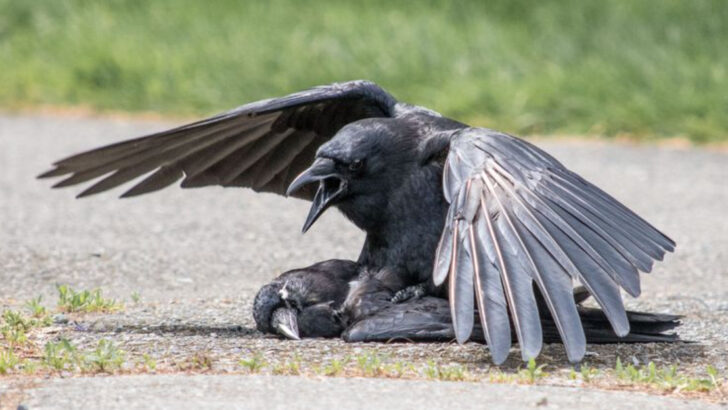Grief isn’t just a human story.
In the wild, hearts break too.
Elephants will pause beside a fallen herd member, gently touching bones with their trunks.
Dolphins carry lifeless calves for days, unwilling to let go.
Even birds—yes, birds—sometimes sit in silence beside their lost mates.
This isn’t instinct. It’s mourning.
Real, raw, and gut-wrenching.
You can see it in their stillness.
In the way they wait.
In the way they ache.
These animals don’t move on quickly.
They feel the weight of loss.
They show love the way we do—long after it’s gone.
If you thought humans held a monopoly on sorrow, think again.
These 16 animals have stories that’ll shatter you—in the best way.
Elephants
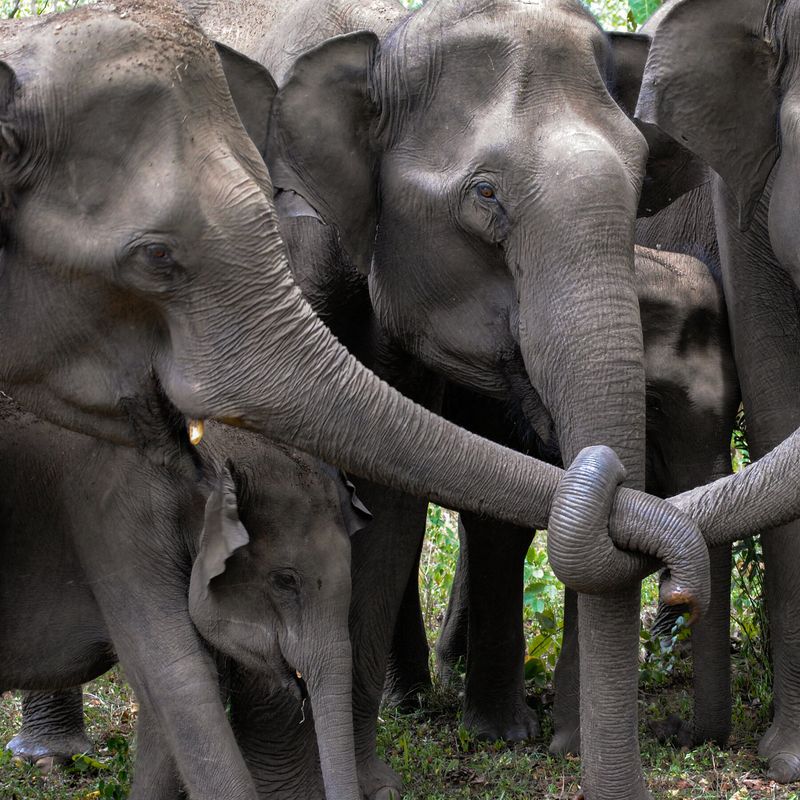
In the vast African savannas, elephants demonstrate profound emotional bonds, particularly in times of loss. Upon the death of a herd member, they are known to exhibit signs of mourning, such as touching the deceased gently with their trunks.
Often, they will remain with the body for extended periods, displaying clear signs of distress. These gentle giants even participate in what can be described as funeral rituals, such as covering the body with leaves.
Such behaviors underscore elephants’ deep emotional intelligence and their capacity to grieve, akin to human expressions of sorrow.
Chimpanzees
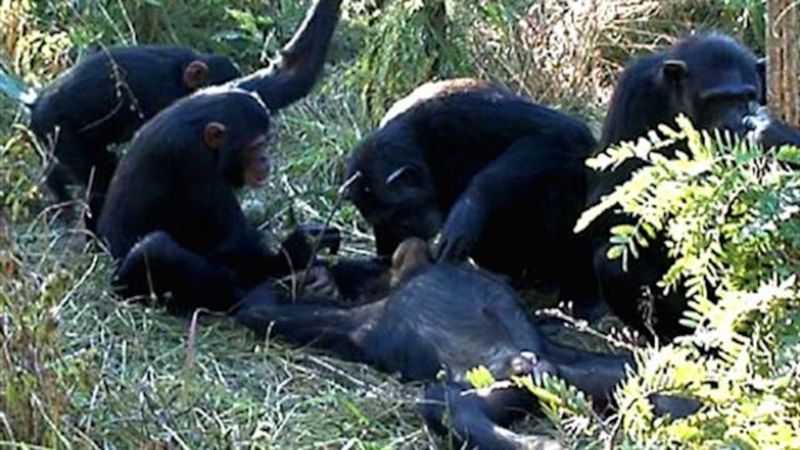
Chimpanzees, our close genetic relatives, display touching signs of grief. In the wild, when a chimpanzee dies, others in the group may gather around and exhibit behaviors of mourning, such as sitting in silence or grooming the body.
These actions, akin to human wakes, reflect chimpanzees’ deep social ties and emotional depth. Mothers have been observed carrying their dead infants for days, unable to part with them immediately.
Such poignant moments highlight the profound emotional capacities of chimpanzees, drawing parallels with human experiences of loss and mourning.
Dolphins
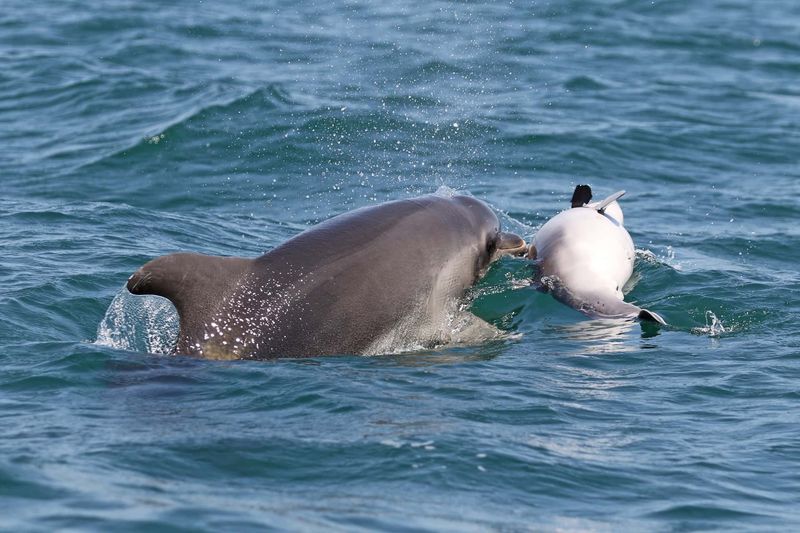
Dolphins, known for their intelligence and playful nature, also exhibit behaviors that suggest mourning. When a member of their pod passes away, dolphins have been observed staying near the body.
In particular, mother dolphins may carry their dead calves on their backs, bringing them to the surface repeatedly, as if trying to revive them. This behavior exhibits a deep maternal bond and a refusal to accept the finality of death.
Such actions in dolphins mirror human grief, showcasing their rich emotional world and social structures.
Gorillas
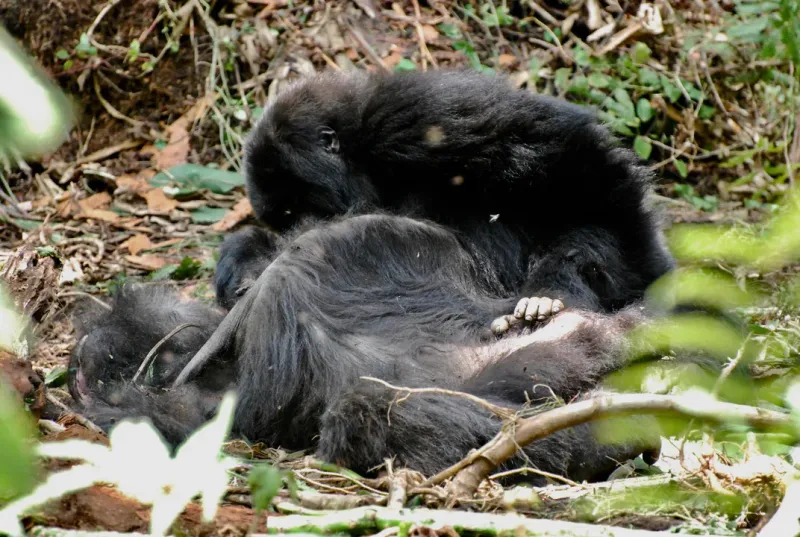
Gorillas, with their strong family units, exhibit touching grief behaviors. When a member of their group dies, gorillas have been seen gathering around the body, displaying visible signs of sadness.
They may gently touch, groom, or sit in silence around their deceased, reflecting their deep familial bonds. Mothers have been known to carry and cling to their dead infants for long periods, unable to let go.
These actions underline the emotional depth of gorillas, with parallels to human mourning rituals, highlighting their capacity for empathy and sorrow.
Whales
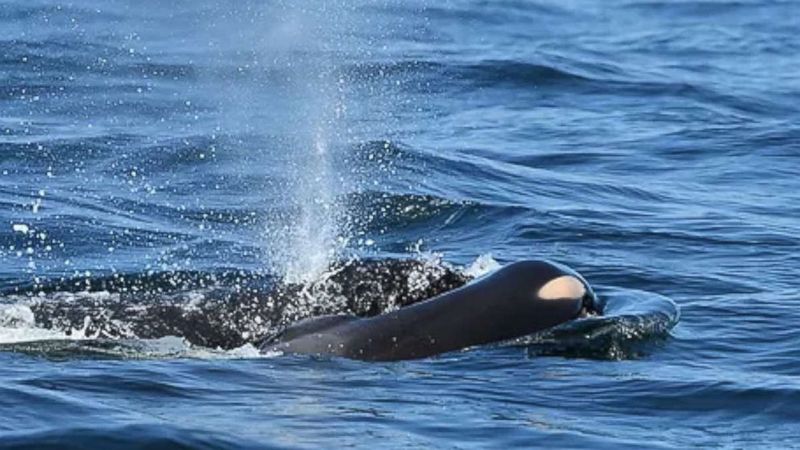
Whales, especially species like orcas and sperm whales, demonstrate grieving behaviors that stir the heart. When a whale dies, others in the pod may linger around, often nudging or supporting the body.
Mother whales have been observed carrying their dead calves on their backs, a poignant display of enduring maternal love and grief. Such behaviors indicate a strong social structure and emotional connections within pods.
These marine giants remind us of the shared emotional experiences across species, reflecting a profound understanding of life and loss.
Crows
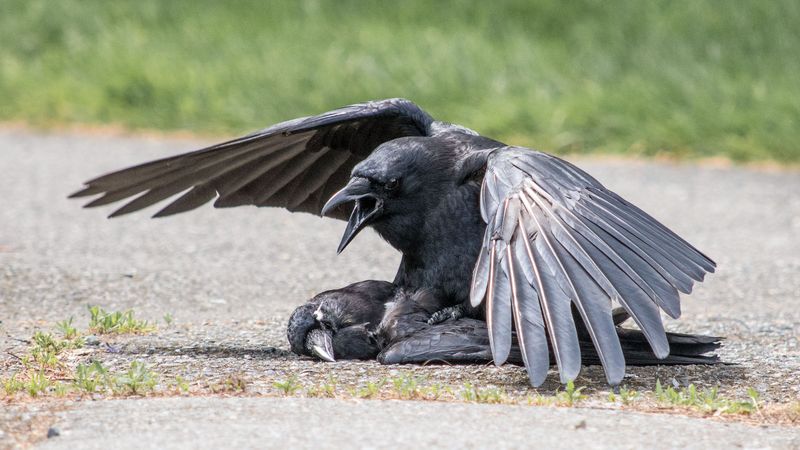
Crows, known for their intelligence, exhibit intriguing funeral-like behaviors. When a crow dies, others in the flock gather around the body in a gathering that’s almost ceremonious.
During these gatherings, crows are observed to caw loudly, as if communicating their loss to the rest of the flock. This behavior is thought to serve as a learning moment, helping them understand and avoid potential dangers.
Such actions highlight crows’ sophisticated social structures and their capacity for mourning, reflecting a communal understanding of death and its implications.
Magpies
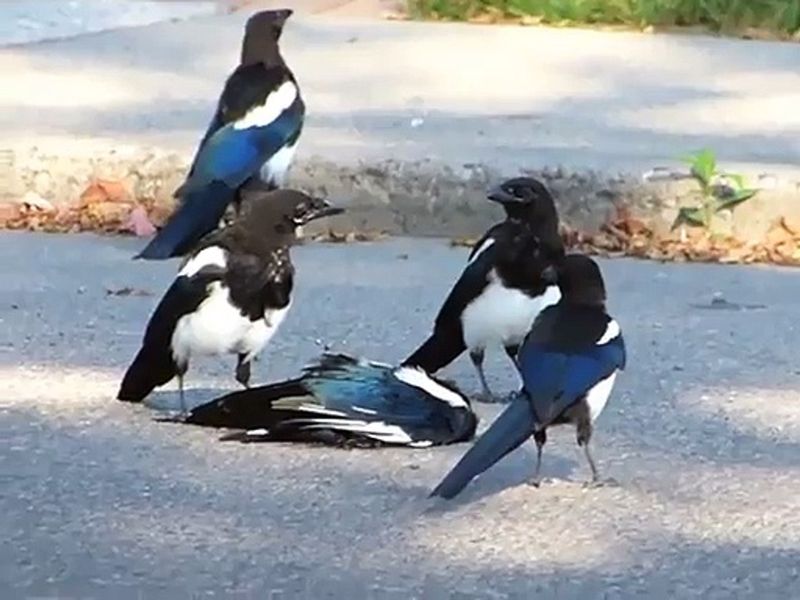
Magpies, with their distinct black and white feathers, show behaviors indicative of mourning. When a magpie dies, its mate or other magpies may be seen standing vigil near the body.
These birds have been observed gently nudging their deceased companions or appearing visibly agitated. This reaction suggests a recognition of loss and a bond shared between them.
Magpies’ behaviors during such times reflect their emotional awareness, drawing parallels with human expressions of grief and empathy.
Giraffes
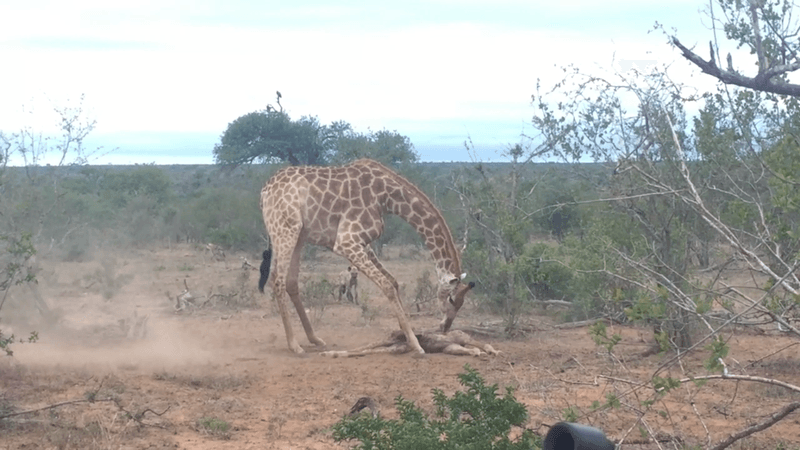
Giraffes, with their towering presence, display touching signs of grief. When a calf dies, giraffe mothers have been observed remaining by their young, displaying signs of stress and reluctance to leave.
These gentle creatures may stand vigil over the body for extended periods, a poignant testament to their maternal bonds. Such behavior underscores the emotional depth inherent in giraffes, often overlooked due to their quiet demeanor.
Their actions resonate with the universal experience of loss, echoing the deep connections seen in human families.
Wolves
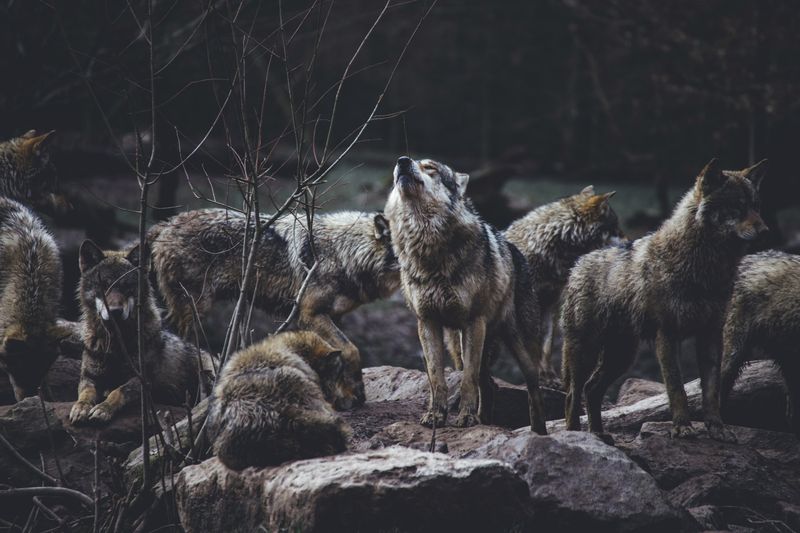
Wolves, known for their pack dynamics, display profound mourning behaviors. When a pack member dies, wolves have been seen howling mournfully, as if expressing their sorrow to the forest.
They may linger near the body, showing signs of distress and hesitation to move on. This behavior highlights the strong social bonds and loyalty within the pack.
Wolves’ responses to death illustrate a rich emotional life, reflecting the grieving processes found in human communities.
Lions
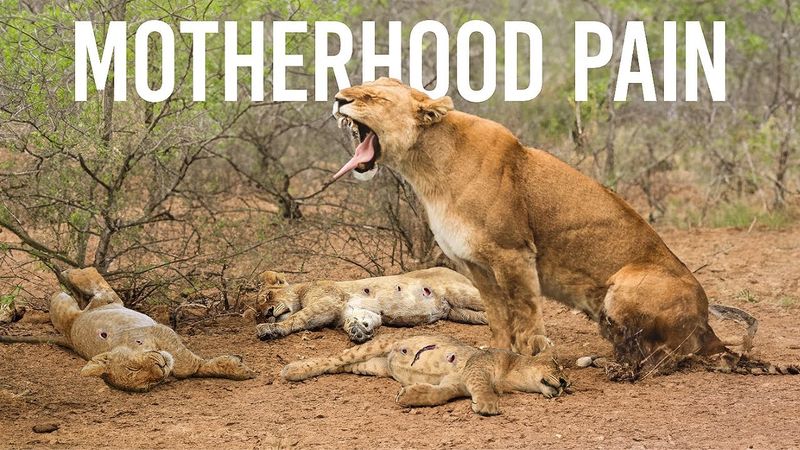
Lions, the majestic rulers of the savanna, exhibit grieving behaviors that reveal their deep social ties. When a cub dies, the pride often remains near, with the mother showing visible signs of distress.
They may nuzzle or gently paw the cub, reluctant to leave. Such actions underscore the familial bonds and emotional capacity of lions, akin to those of humans.
The pride’s solemn gatherings around their lost members highlight the universal experience of grief, bridging the gap between wild and human emotions.
Baboons
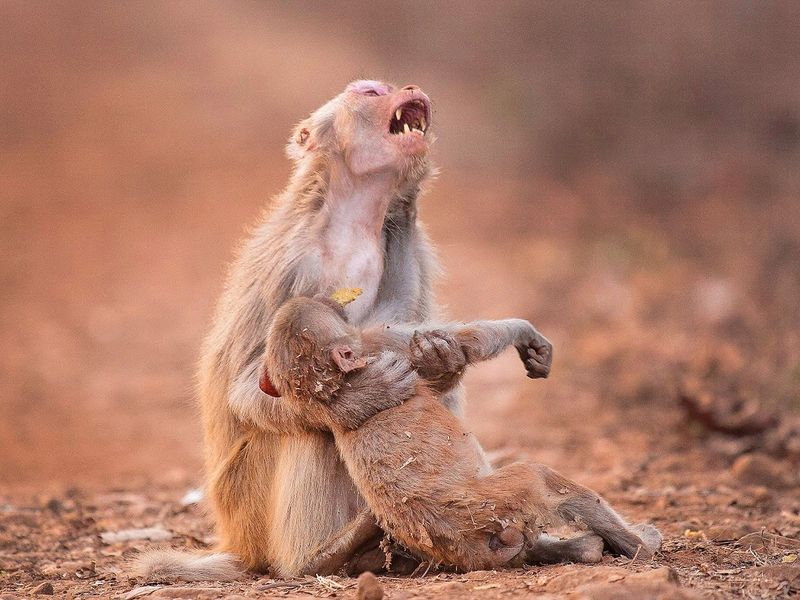
Baboons exhibit profound mourning behaviors, particularly among mothers. When an infant dies, the mother may carry the body for days, seemingly unable to part with it.
Troop members often gather around, displaying signs of empathy and understanding. This communal mourning reflects the strong social bonds within baboon troops.
Such behaviors highlight the emotional complexity of baboons, echoing human practices of grieving and the shared experience of loss.
Cats
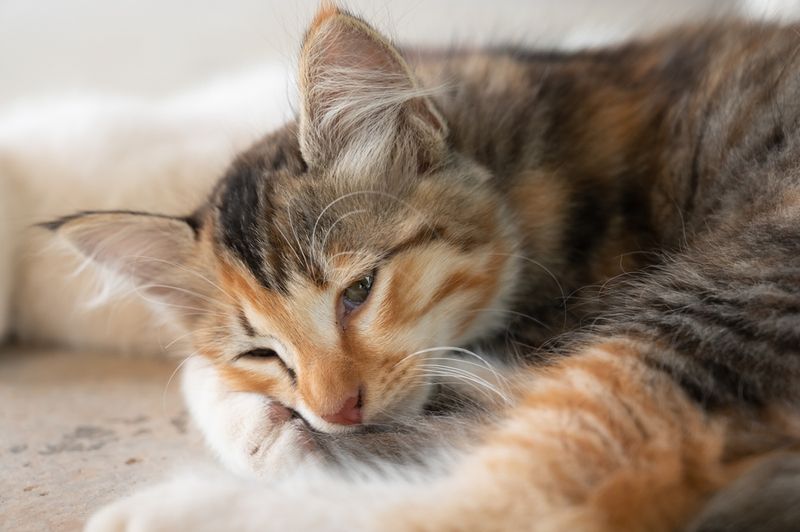
Domestic cats show subtle signs of mourning when they lose a companion, whether feline or human. They may search for the lost member, exhibit changes in behavior, or sit quietly near their deceased friend.
These behaviors suggest a deep emotional connection and awareness of loss. Cats may become withdrawn or less playful, reflecting their understanding of absence.
Such actions underscore their emotional depth, aligning with human experiences of grief and loss in a shared domestic space.
Dogs

Dogs, known for their loyalty, exhibit heart-wrenching signs of grief. When a companion passes, dogs have been seen lying by the body, refusing to leave their side.
They may show signs of depression, such as a loss of appetite or energy. This behavior reflects the strong bonds dogs form with their human and animal companions.
Dogs’ reactions to death highlight their emotional intelligence and capacity for love, akin to human grief.
Geese
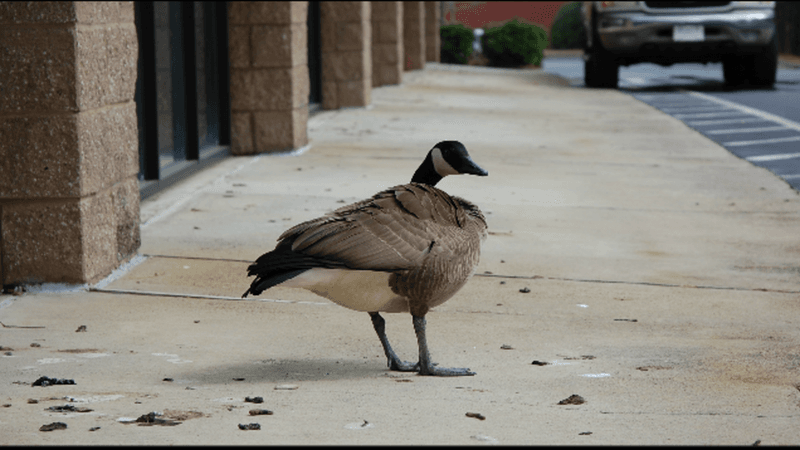
Geese, with their lifelong mating habits, display touching signs of mourning. When a mate dies, the surviving goose may stay by their side, often appearing disoriented or distressed.
These birds exhibit behaviors of searching for their lost partner or calling out in vain. This strong pair bond mirrors human experiences of loss and heartbreak.
Their mourning rituals highlight the deep emotional lives of geese, resonating with human feelings of grief and companionship.
Horses
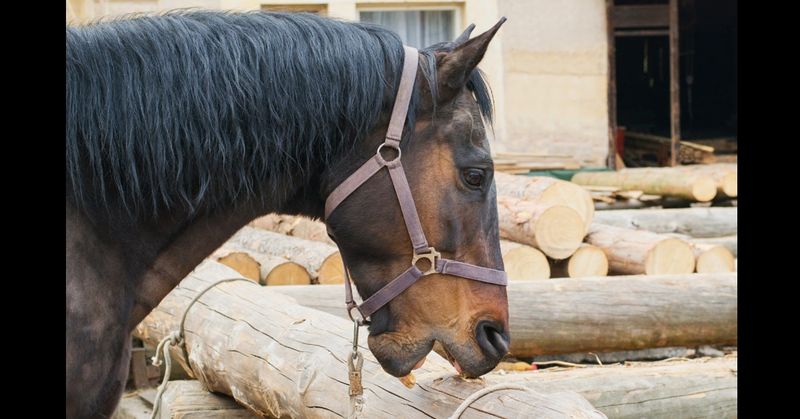
Horses, with their strong herd instincts, show behavior indicating grief. When a herd member dies, horses may stand vigil, often nudging or nuzzling the body.
They sometimes become withdrawn or display signs of anxiety, reflecting their understanding of loss. This behavior highlights the deep social bonds within horse herds.
Horses’ reactions to death reveal their emotional depth, echoing human practices of mourning and remembrance.
Ravens
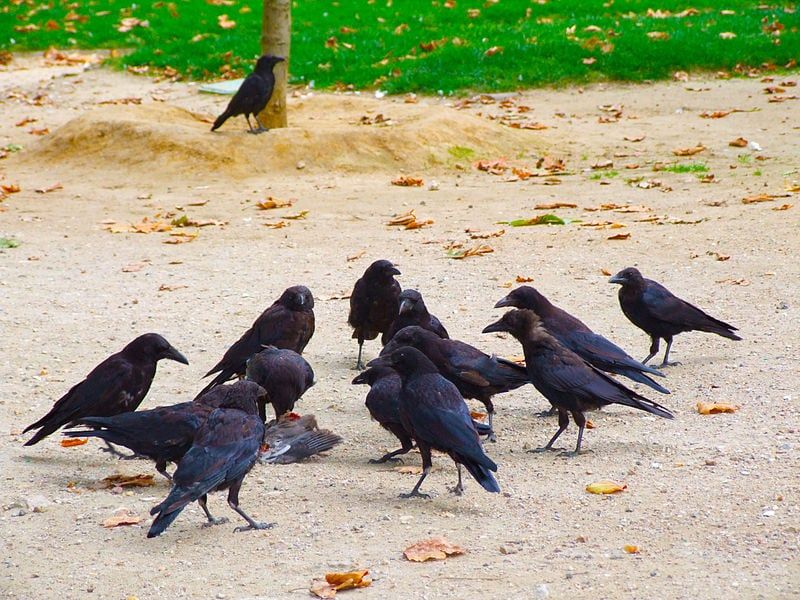
Ravens, known for their intelligence and complex societies, also display mourning behaviors. When a raven dies, others have been observed congregating around the body.
These gatherings often include vocalizations or quiet observations, suggesting a communal response to death. Such behavior indicates a recognition of loss within their social groups.
Ravens’ actions reflect their emotional complexity, aligning with human rituals of mourning and remembrance.

